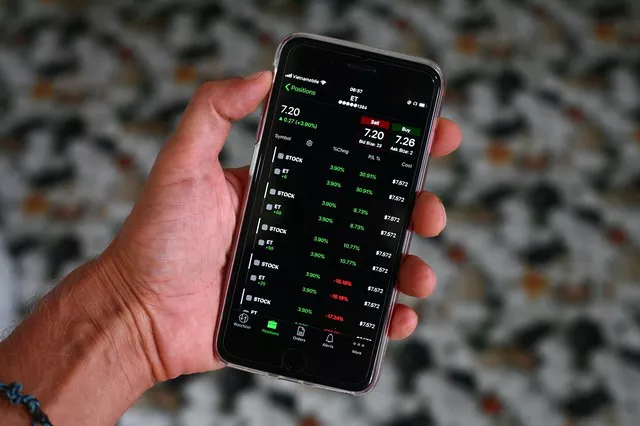In the realm of fixed-income securities trading, understanding the concept of cheapest to deliver (CTD) is paramount for investors engaging in Treasury futures markets. Cheapest to deliver refers to the eligible Treasury security that is the most economical option for fulfilling the delivery obligations of a Treasury futures contract upon expiration. This article aims to delve into the intricacies of cheapest to deliver in Treasury futures trading, exploring its significance, determinants, and implications for market participants.
The Significance of Cheapest to Deliver in Treasury Futures
In Treasury futures markets, the concept of cheapest to deliver holds significant importance for both buyers and sellers of futures contracts. The determination of the cheapest to deliver security impacts the pricing dynamics of Treasury futures contracts, influencing trading strategies, arbitrage opportunities, and risk management decisions. Market participants closely monitor the cheapest to deliver designation to optimize their trading strategies and capitalize on market inefficiencies.
Factors Influencing Cheapest to Deliver Determination
The selection of the cheapest to deliver security in Treasury futures contracts is influenced by various factors, including the relative yields, coupon rates, and remaining maturities of eligible Treasury securities. Typically, the cheapest to deliver security is the Treasury bond or note with the highest yield or the lowest implied repo rate, considering the cost of financing the position until delivery. Additionally, factors such as liquidity, market demand, and delivery logistics may also influence the determination of the cheapest to deliver security.
Understanding the Delivery Process in Treasury Futures
In Treasury futures trading, the delivery process involves the transfer of Treasury securities from the seller to the buyer upon contract expiration. The seller of a Treasury futures contract has the obligation to deliver a specified amount of eligible Treasury securities, while the buyer has the right to take delivery of the securities or cash settlement. The determination of the cheapest to deliver security occurs during the delivery month, based on prevailing market conditions and contractual specifications.
Implications for Trading Strategies
The identification of the cheapest to deliver security in Treasury futures contracts has significant implications for trading strategies employed by market participants. Traders may strategically position themselves to exploit differences in yields or financing costs between eligible Treasury securities, seeking to profit from discrepancies in pricing. Additionally, the cheapest to deliver designation may influence hedging decisions and risk management strategies, particularly for market participants with delivery obligations.
Arbitrage Opportunities and Market Efficiency
Cheapest to deliver dynamics in Treasury futures markets often give rise to arbitrage opportunities for astute traders. Arbitrageurs seek to capitalize on mispricings between Treasury futures contracts and their underlying securities by buying or selling the cheapest to deliver security and simultaneously taking offsetting positions in Treasury futures contracts. These arbitrage activities contribute to market efficiency by aligning prices across related financial instruments and narrowing spreads.
Market Liquidity and Cheapest to Deliver Determination
Market liquidity plays a crucial role in the determination of the cheapest to deliver security in Treasury futures contracts. Highly liquid Treasury securities with active trading volumes are more likely to be designated as the cheapest to deliver, as they offer greater ease of acquisition and disposal for market participants. Conversely, less liquid or off-the-run Treasury securities may be less favored as cheapest to deliver options due to liquidity constraints and higher transaction costs.
Regulatory Considerations and Market Oversight
Regulatory bodies such as the Commodity Futures Trading Commission (CFTC) oversee Treasury futures markets to ensure fairness, transparency, and market integrity. Regulatory frameworks govern aspects such as position limits, margin requirements, and delivery procedures to maintain orderly trading and prevent market manipulation. Compliance with regulatory guidelines is essential for market participants to uphold the integrity of Treasury futures markets.
Conclusion
In conclusion, cheapest to deliver is a fundamental concept in Treasury futures trading that influences pricing dynamics, trading strategies, and market efficiency. The determination of the cheapest to deliver security is influenced by factors such as relative yields, liquidity, and market demand for eligible Treasury securities. Understanding the implications of cheapest to deliver designation is essential for market participants seeking to optimize their trading strategies, capitalize on arbitrage opportunities, and navigate the complexities of Treasury futures markets with precision and insight.


